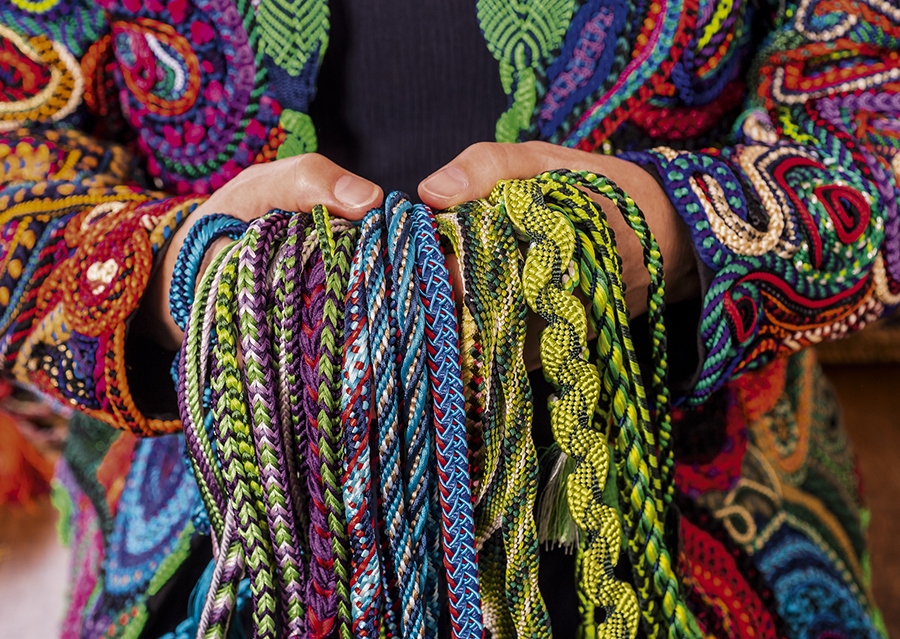 Clothworkers Award at Cockpit: Weavers
Clothworkers Award at Cockpit: Weavers
Deadline: 21 July 2025
The Clothworkers’ Award at Cockpit is an award designed to help up to three graduate weavers each year set up in business. Weavers can be working in any form, for example, making products, creating woven textile art, working with mills and/or making samples for industry.
The Clothworkers Award includes up to two years of business support and subsidised
shared studio space at Cockpit Studios Deptford, equipped with looms and a dye area.
What’s included?
- This award is offered to three makers, with an anticipated start date of 1st September 2025
- Studio space for up to 2 years at Cockpit Deptford
- Shared looms and dye area, including Leclerc, Louet and electronic ARM looms
- Business support including one-to-one coaching and workshops
- Selling and promotional opportunities, including two annual Cockpit Open Studios events
- Financial contribution required by makers:
£1000 (approx. £85 per month) in the 1st year
£2000 (approx. £168 per month) in the 2nd year
Who can apply:
Makers who graduated within the last 5 years working in weaving.
Please note: Cockpit only accept one application per applicant per each award round.
Click here to get more information and apply
If you are thinking about applying to the Cockpit Clothworkers Award starting September
2025 please come along to our drop-in session to see the studio and looms, meet the makers and team, and find out about the award
Drop-in session: Tuesday 15th July 2025, 4-6.30pm
Where: Cockpit Studios Deptford, 18-22 Creekside, London SE8 3DZ.
Ring the buzzer for Studio 214.
To attend the drop – in session please sign the form here Continue reading →






